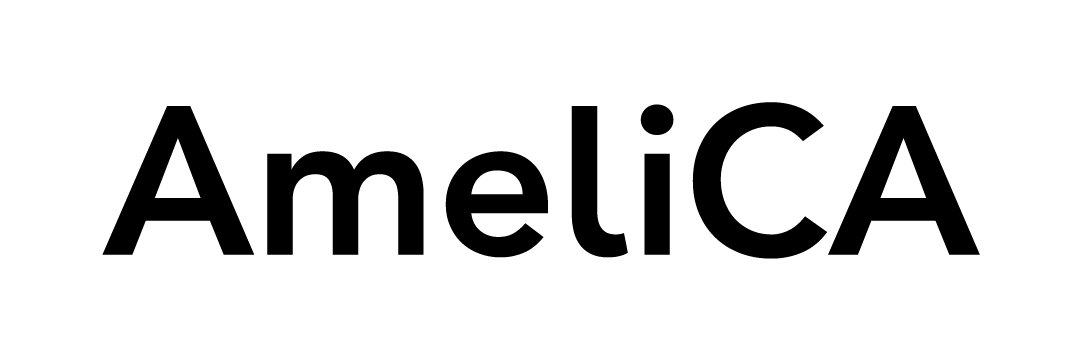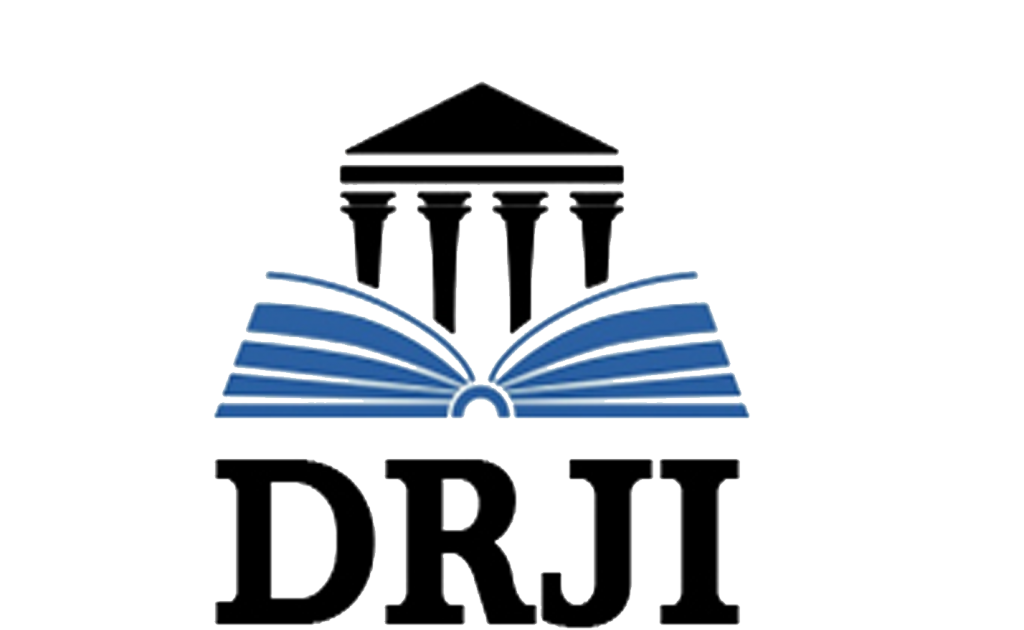Study of possibilities pelletizing cocoa shell Ecuador and their use as biofuel
DOI:
https://doi.org/10.53591/rug.v121i3.395Keywords:
biomass, cocoa shell, biofuels, greenhouse, pelletsAbstract
In Ecuador, there is a constant need to generate electric and thermal energy, also global warming caused by increased emissions of greenhouse gases and the pursuit of energy independence, have created a new industry focused on energy generation by harnessing renewable sources. Biomass is established as the third leading source for producing electricity as the main source for the generation of thermal energy. However, the problems related to the low density of the different types of biomass and the difficulty in carrying and storing have caused the need to generate solids with higher density and stronger hardness known as pellets and briquettes. This paper develops an analysis of the possibilities for pelletizing the Ecuadorian cocoa pod husk and its use as biofuel. Several pellets configurations were proposed based on the diameter and length ratio.
An experimental setup was established to crush and screen the cocoa pod husk in order to obtain less than 1.5 mm particle size. Then the pellets were made using a small scale pellet machine and finally burned in a combustion chamber for the evaluation of the energy potential by means of the high heat value and ash content. Finally, the selection of the most energy efficient pellet configuration is made taking into consideration international pellet quelite standards as well. This large-scale project would represent a cost savings in the Ecuadorian industrial sector leading further to lowering smog emissions into the environment
from burning fossil fuels and also it would prevent the cocoa pod husk as a focus for the spread of Phytophthora species which is a main cause of economic losses in the cocoa industry.
References
Brenes O., (1990): “Posibilidades de la utilizac ón de los subproductos del beneficio del cacao: la cáscara de cacao constituyen un subproducto”. Seminario Regional sobre Tecnología Poscosecha y Calidad Mejorada del cacao. Turrial ba, Costa Rica.
International Cocoa Organization, (201 A): Annua! Report 201 2/20 13, London United Kingdom, Ministerio de agricultura, ganadería y pesca; Sistema de Información Nacional de agricultura, ganade ría, Acuacultu^a y Pesca, censos y encuestas 2012, 2014.
Syamsiro M., Saptoadi H., Tambunan B.H. (201 1): “Experimental Investigation on Combustion of Bio Pellets from Indonesian Cocoa Pod Husk”. Asian Journal of Applied Sciences.
Soto G., Núñez M. (2008): “Fabricación de Pellets de Carbonilla Usando Aserrín de Pinus radiata (D. Dong) como Material Aglomerante”. Maderas, Ciencia y Tecnología. Vol. 1 0, n.2.
Sikkema R., Steiner M ., Junginger M., Hiegel W., (2009): “Final Report on Producers, Traders and Con sumer of Wood Pellets”. Pelets@las.
Higman, M . V. d. Burgt (2009): “Gasificaction”, Elsevier.
Published
How to Cite
Issue
Section
License

This work is licensed under a Creative Commons Attribution-NonCommercial-NoDerivatives 4.0 International License.

This work is licensed under a Creative Commons Attribution-NonCommercial-NoDerivatives 4.0. International License.
You are free to:
- Share — copy and redistribute the material in any medium or format
- The licensor cannot revoke these freedoms as long as you follow the license terms.
Under the following terms:
- Attribution — You must give appropriate credit , provide a link to the license, and indicate if changes were made . You may do so in any reasonable manner, but not in any way that suggests the licensor endorses you or your use.
- NonCommercial — You may not use the material for commercial purposes .
- NoDerivatives — If you remix, transform, or build upon the material, you may not distribute the modified material.
- No additional restrictions — You may not apply legal terms or technological measures that legally restrict others from doing anything the license permits.































